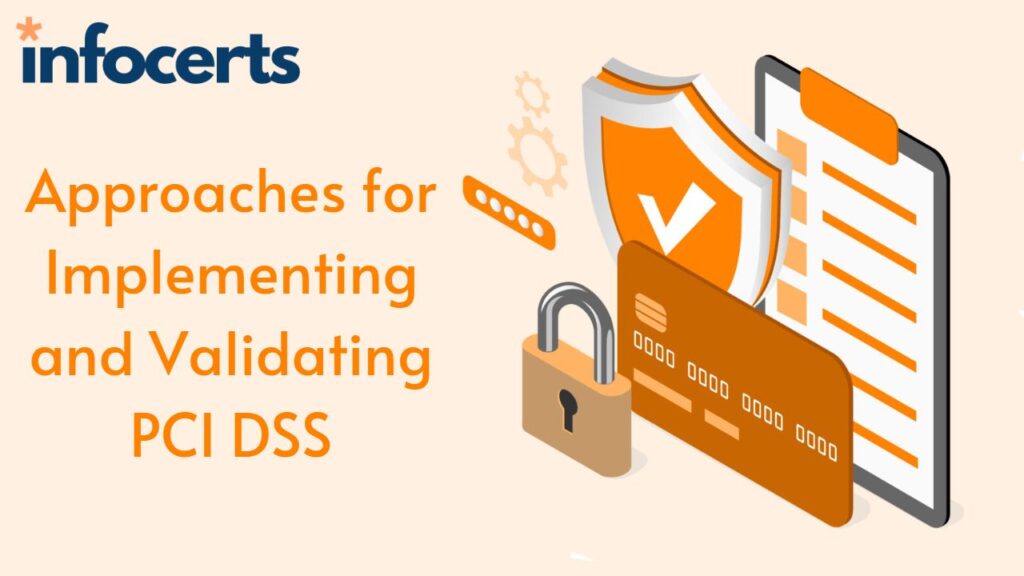To support flexibility in how security objectives are met, there are two approaches for implementing and validating to PCI DSS. Entities should identify the approach best suited to their security implementation and use that approach to validate the controls. Defined Approach Follows the traditional method for implementing and validating PCI DSS and uses the Requirements and Testing Procedures defined within the standard. In the defined approach, the entity implements security controls to meet the stated requirements, and the assessor follows the defined testing procedures to verify that requirements have been met.
The defined approach supports entities with controls in place that meet PCI DSS requirements as stated. This approach may also suit entities that want more direction about how to meet security objectives, as well as entities new to information security or PCI DSS.
Compensating Controls
As part of the defined approach, entities that cannot meet a PCI DSS requirement explicitly as stated due to a legitimate and documented technical or business constraint may implement other, or compensating, controls, that sufficiently mitigate the risk associated with the requirement. On an annual basis, any compensating controls must be documented by the entity and reviewed and validated by the assessor and included with the Report on Compliance submission.
Customized Approach Focuses on the Objective of each PCI DSS requirement (if applicable), allowing entities to implement controls to meet the requirement’s stated Customized Approach Objective in a way that does not strictly follow the defined requirement. Because each customized implementation will be different, there are no defined testing procedures; the assessor is required to derive testing procedures that are appropriate to the specific implementation to validate that the implemented controls meet the stated Objective.
The customized approach supports innovation in security practices, allowing entities greater flexibility to show how their current security controls meet PCI DSS objectives. This approach is intended for risk-mature entities that demonstrate a robust risk-management approach to security, including, but not limited to, a dedicated risk management department or an organization-wide risk management approach.
The controls implemented and validated using the customized approach are expected to meet or exceed the security provided by the requirement in the defined approach. The level of documentation and effort required to validate customized implementations will also be greater than for the defined approach
Most PCI DSS requirements can be met using either the defined or customized approach. However, several requirements do not have a stated Customized Approach Objective; the customized approach is not an option for these requirements.
Entities can use both the defined and customized approaches within their environment. This means an entity could use the defined approach to meet some requirements and use the customized approach to meet other requirements. This also means that an entity could use the defined approach to meet a given PCI DSS requirement for one system component or within one environment and use the customized approach to meet that same PCI DSS requirement for a different system component or within a different environment. In this way, a PCI DSS assessment could include both defined and customized testing procedures.
Figure 4 shows the two validation options for PCI DSS v4.0.


